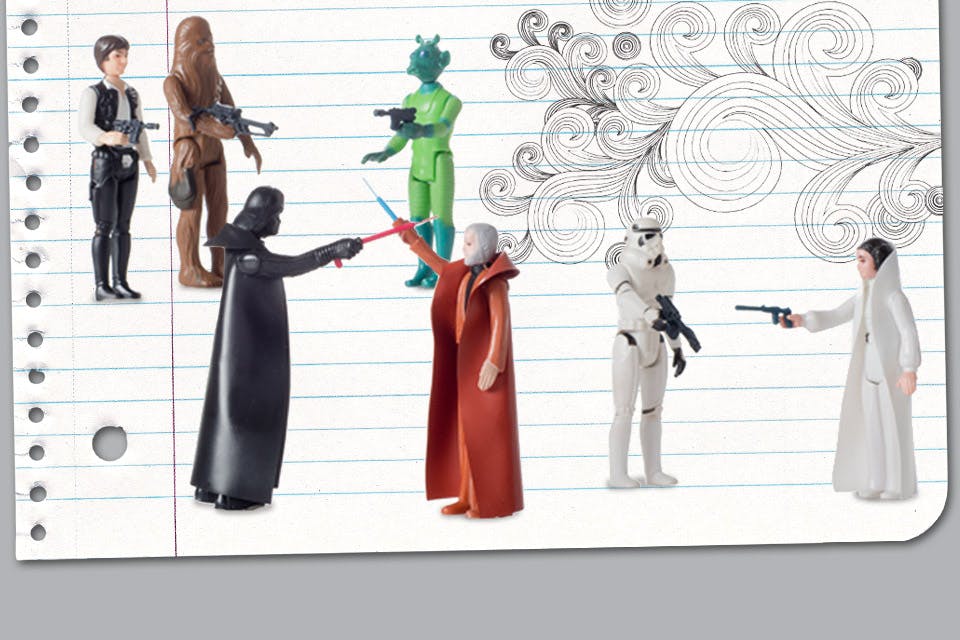Ohio Life
Star Wars, Strawberry Shortcake and Other Ohio Toys
Once upon a time, they were just ideas on drawing boards across the state. Here is how four beloved toys with Ohio ties came to be.
Related Articles

22 Ways to Celebrate the Holiday Season in Columbus
Head to our state capital this season for twinkling lights, local shopping and great events that promise to warm the rest of your year. READ MORE >>

Experience 40+ Ohio Holiday Classics
From enchanting historic estates to elaborate light displays, these cherished traditions are perfect for embracing the spirit of the season and making new memories. READ MORE >>

How Josh Dickerson Became Owner of the House From A Christmas Story
The managing partner shares his perspective on the Cleveland home’s evolution from upstart tourist attraction to beloved holiday landmark. READ MORE >>







